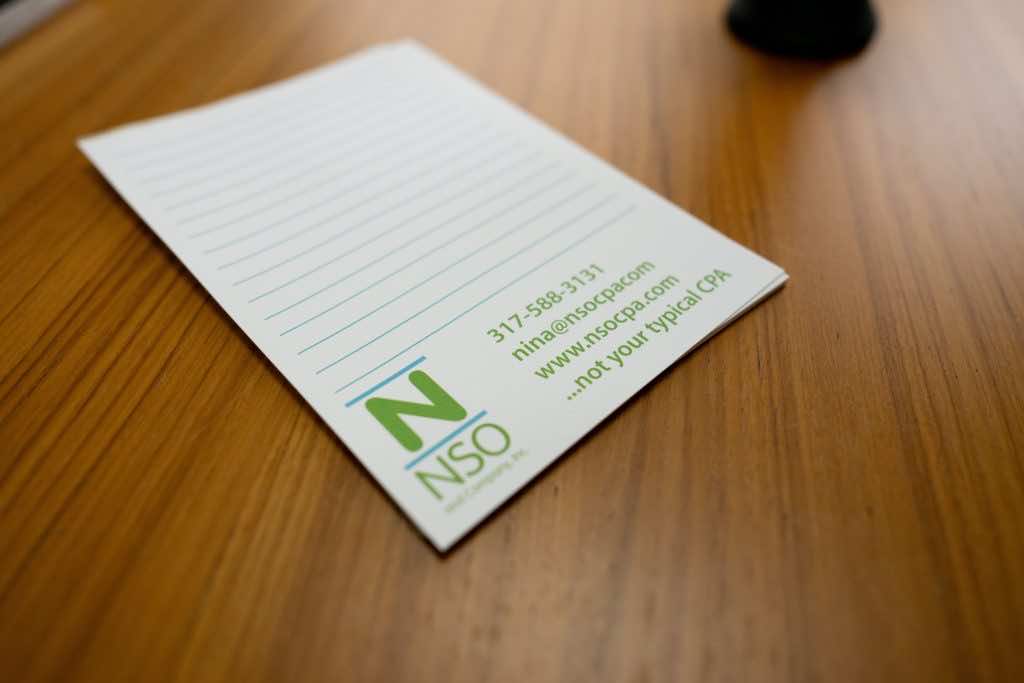If you have your sights set on an early retirement, then a little extra planning can go a long way. Knowing how to leverage the tax code will work to supplement all of your other financial planning efforts.
7 Tax Tips to Help Guide You Toward Early Retirement
Reducing your spending and putting more money toward your savings is obviously a hallmark of good retirement planning. But there are plenty of additional steps you can take to improve your level of flexibility to take an early retirement. These tips can help you reach your goal!
1. Maximize your tax-advantaged retirement savings
Traditional IRAs and 401(k)s give you the option to save pre-tax money. By investing money into these types of accounts now, you’ll be able to stock up on your savings and delay paying the taxes until you withdraw the funds at a later date.
2. Get on track with the catch-up contribution amounts
Older taxpayers are able to set more money aside into their retirement savings accounts. So if you’re 50 or older, consider ramping up your contributions to reach your retirement goal faster. Along the way, be sure to pay attention to how the catch-up amounts are being adjusted for inflation. You should be able to contribute more over time.
3. Check your Roth retirement plan choices
You can build a source of tax-free funds by choosing to go the route of Roth IRAs and Roth 401(k)s. These accounts allow you to invest after-tax dollars. From there, any earnings will be tax-free. All you have to do is follow the withdrawal rules. As an added bonus, Roth IRAs and Roth 401(k)s no longer come with rules for minimum distribution requirements!
4. Roll money into Roth retirement accounts
If you’d like to start up a Roth retirement account, you do have the option to roll over money from most qualified retirement accounts. In these cases, you do need to pay tax on the funds you’re rolling over. But then the Roth account works as usual—giving you tax-free earnings that you can pull from down the road.
5. Set aside money in a Health Savings Account
Another way to give yourself a leg up for early retirement is to offset some of your future expenses by saving now. If you’re enrolled in a qualified high deductible medical insurance plan, you can utilize pre-tax dollars to fund a Health Savings Account. This is a great way to round out your retirement plan because the unused funds remain invested to carry over to future years.
6. Consider state taxes for your retirement years
It’s crucial to visualize your living situation for retirement ahead of time. That way, you’ll be in a better position to plan accordingly. Some states have state income tax, while others don’t. The same goes for taxes on Social Security payments. Make sure you know what your state expects you to pay. All the rules are different.
7. Look at your other possible deductions
Reaching retirement age comes with a handful of other benefits that you’ll want to claim, including an additional standard deduction starting at age 65. Reviewing your Medicare and Medicaid plan options and carefully considering how to time the beginning of your Social Security benefits will be important too. Fortunately, you don’t have to navigate all of these issues on your own. Partnering with a qualified financial advisor and setting aside time to talk with a tax planner can help you make sure you’re in the clear for a bright future in all of your retirement years!

